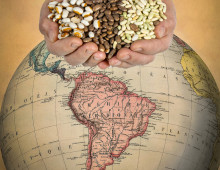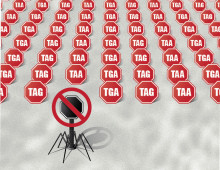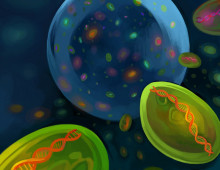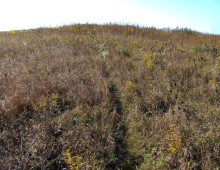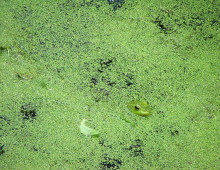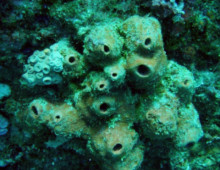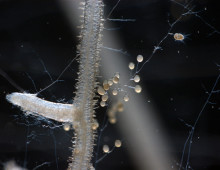More than just a hill of beans: Phaseolus genome lends insights into Nitrogen fixation
“It doesn’t take much to see that the problems of three little people doesn’t add up to a hill of beans in this crazy world,” Humphrey Bogart famously said in the movie Casablanca. For the farmers and breeders around the world growing the common bean, however, ensuring that there is an abundant supply of this… [Read More]
